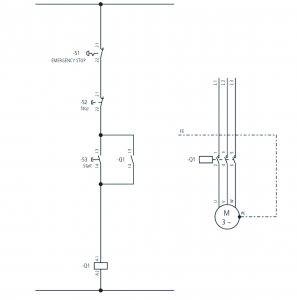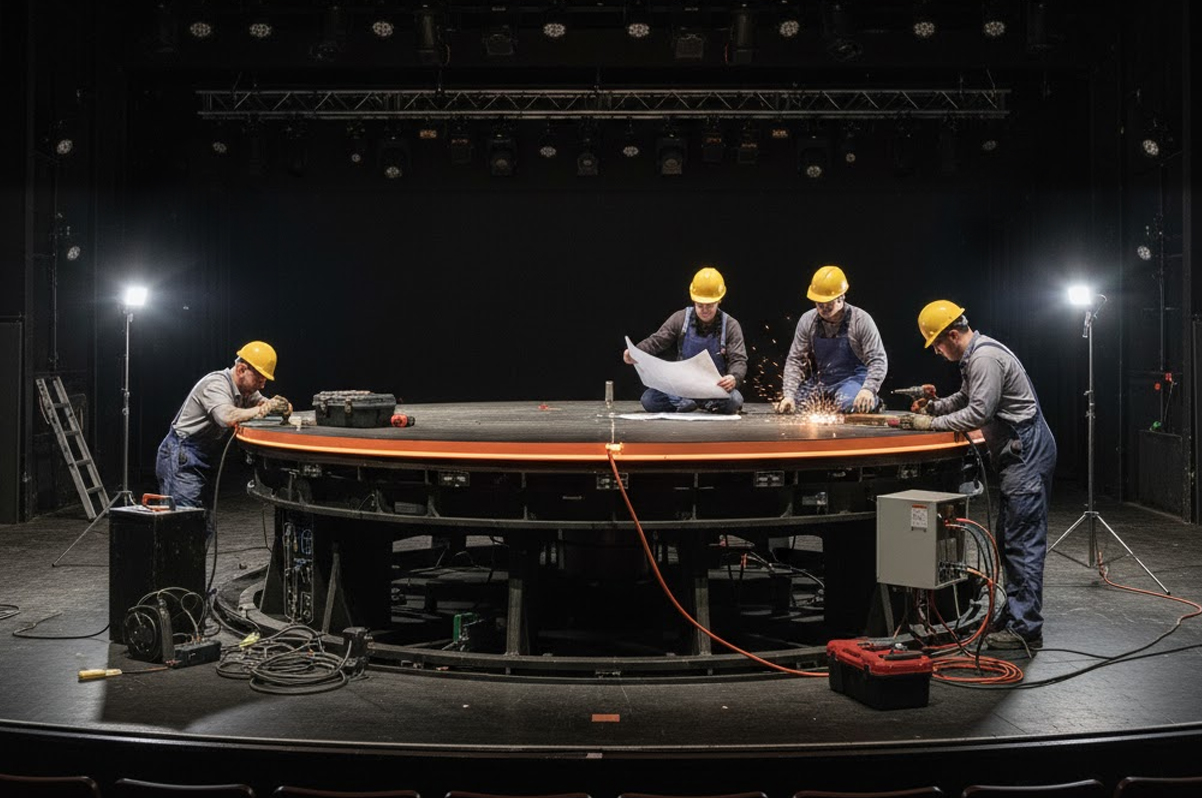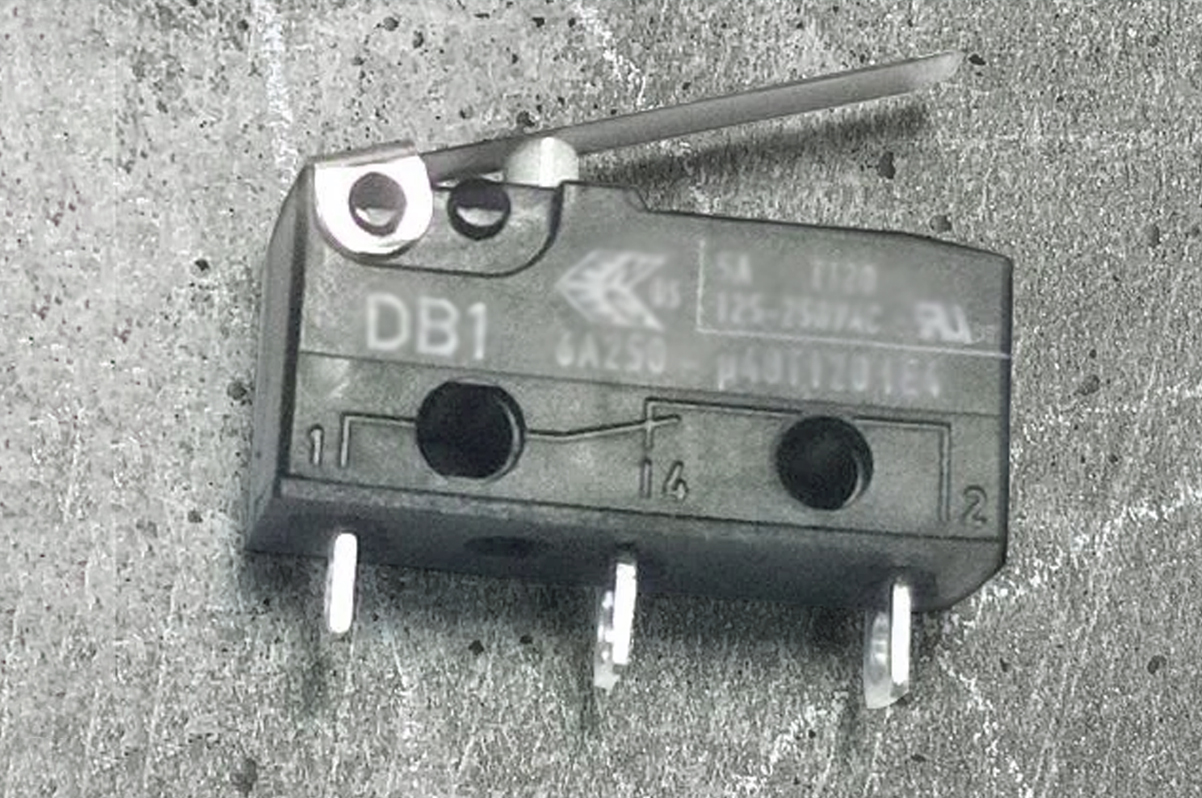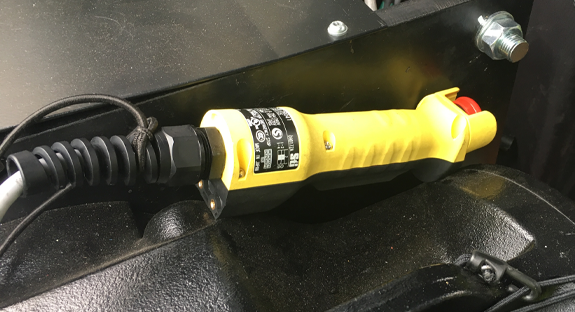The entertainment rigging automation landscape is experiencing a profound transformation, marked by the decline of giants and the ascendance of specialised companies. This evolution, while driving innovation and accessibility, also underscores the critical need for unwavering commitment to functional safety, particularly regarding Emergency Stop (E-STOP) systems and other very basic safety functions.
The Rise of the Agile Competitors
For years, a few dominant players controlled the high-end rigging automation market. However, market saturation, economic pressures, and the democratization of technology have paved the way for smaller, more agile companies. These innovators specialise in niche areas, offer cost-effective solutions, and provide personalised customer support, filling the void left by the retreating giants. The focus shifts from “can we do it expensively?” to “can we do it efficiently, affordably, and flexibly?” This evolution is bringing advanced automation to a wider range of venues and productions.
Safety First: Navigating the Complexities of Automation Control Systems
The increasing complexity of automation systems introduces significant safety challenges. Software glitches, hardware failures, communication errors, and human error can lead to catastrophic consequences. Therefore, rigorous safety protocols are essential.
Your Homework Assignment: Simple Steps to Compliance
Achieving legal compliance and robust safety is surprisingly attainable with proactive “homework.” This includes:
- Understanding local regulations and industry standards.
- Conducting thorough risk assessments.
- Employing qualified professionals.
- Maintaining detailed documentation.
- Regularly inspecting and testing systems.
- Providing comprehensive training.
Functional Safety in Event Automation: The Critical Importance of a Valid E-STOP
A crucial, often overlooked, aspect of functional safety is a properly implemented E-STOP system. The legal minimum requirement is SIL1 or PLc.

Example of a basic (compliant) and very affordable SIL1 ESTOP system
However, when higher level is required, many existing systems fall short of these standards, lacking redundancy, adequate response times, and proper documentation.
The Alarming Reality: Many Systems Fall Short
Common deficiencies in automaton systems include:
- Lack of redundancy or complex wiring design that compromises the safety logic.
- Inadequate response time or function, for example on safe edges.
- Improper wiring, connections.
- Insufficient testing and maintenance.
- Lack of documentation.
- Use of non-safety rated components.
- Wrongly assuming that using a SIL3 PLC is enough to achieve the required the safety level.
- Hiding behind a SIL3 certification when presenting machinery compliance documentation.
The Consequences of Non-Compliance
Failure to comply with functional safety standards can result in legal liability, reputational damage, and, most importantly, injury or death.
Taking Action: Ensuring Functional Safety
To address this critical issue, the event industry must:
- Conduct thorough risk assessments and compile technical documentation.
- Implement properly certified fail-safe systems.
- Use safety-rated components.
- Conduct regular testing and maintenance.
- Provide comprehensive training.
- Seek expert consultation.
- Demand proof of SIL/PL rating for the control system and for the machinery as a whole.
A Call to Action
The safety of performers and audiences must be the top priority. All companies and venues must prioritise functional safety as much as they request and invest in mechanical calculations. All inspections and approvals must include the control system and the software. Then, and only then, the event industry can create a safer environment for all.





